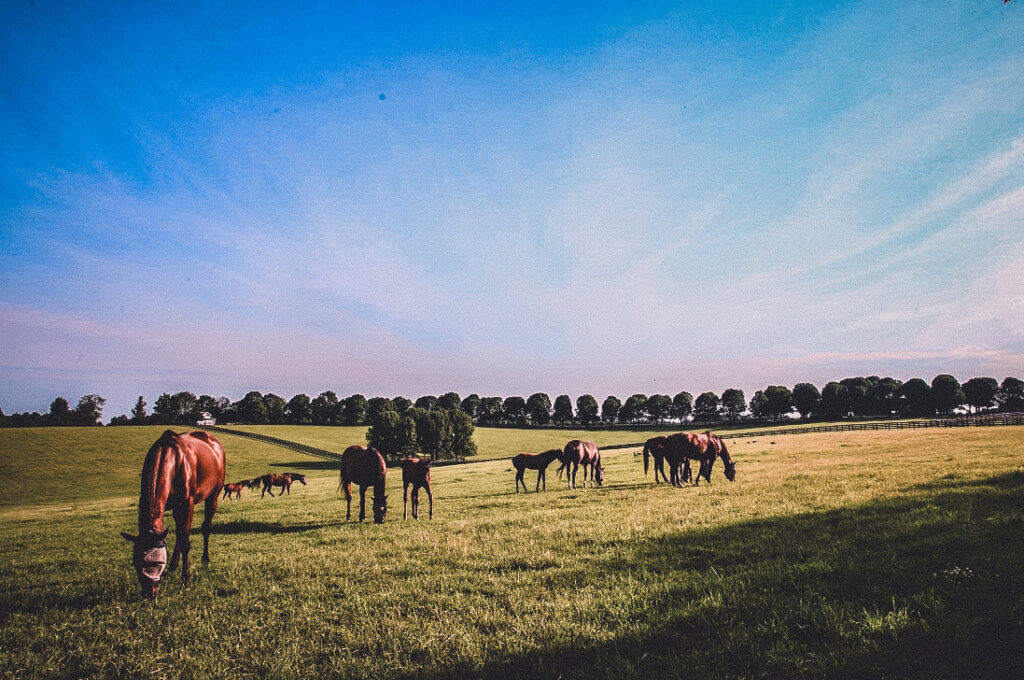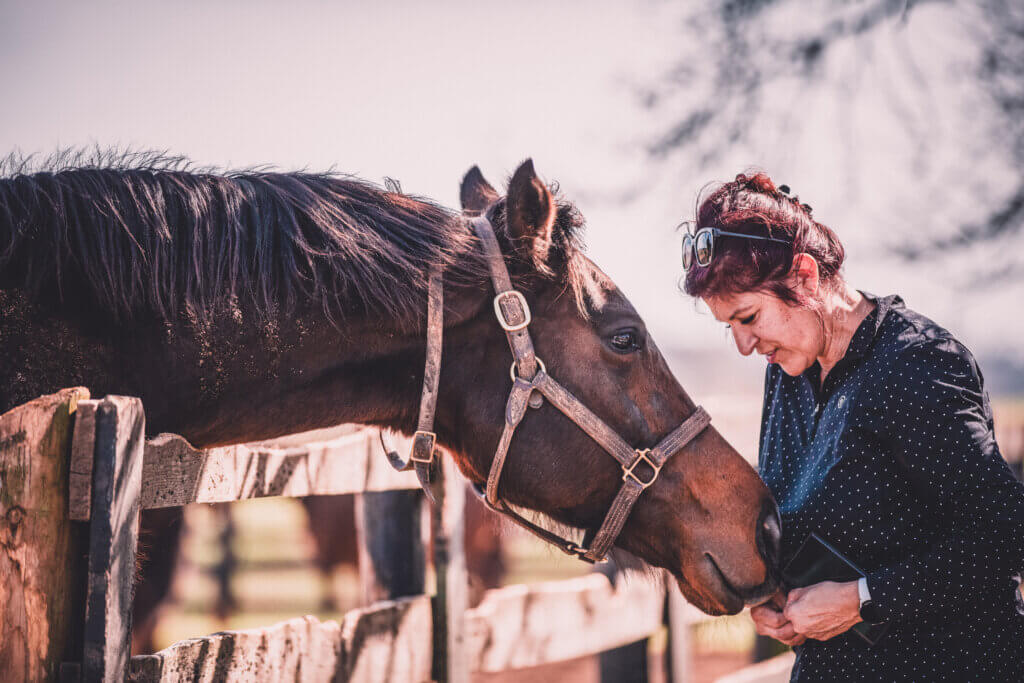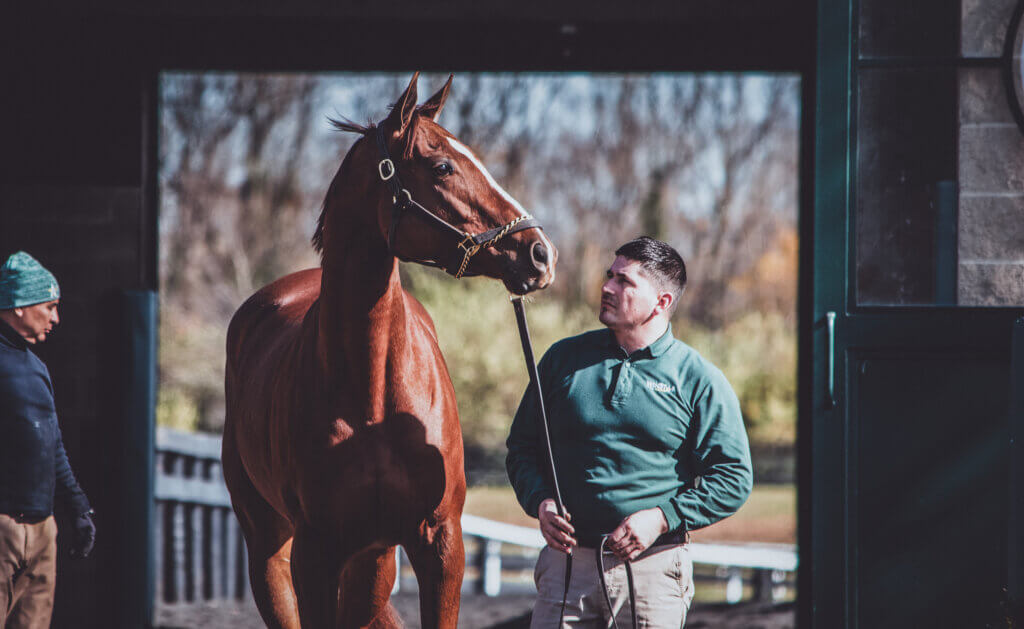The racing industry is actively engaging with the complex yet vital mission of providing comprehensive aftercare for racehorses as they transition from their careers on the track. A considerable number of horses retire annually, presenting an opportunity for the industry to showcase its commitment to the welfare of these animals by facilitating their rehabilitation, retraining, and rehoming.
This transition opens new avenues for retired racehorses, whether for breeding, as companion animals, therapy horses, or athletes in other equestrian disciplines, emphasizing their versatility.
A major challenge for the horse racing industry is lack of a solution for the traceability of horses once they exit the racing population, reflecting a broader concern for the welfare of these animals beyond their time on the track.
A National Aftercare Strategy
Many retired racehorses find new chapters through dedicated retirement facilities, which offer sanctuary or avenues for retraining and adoption. These facilities enable horses to embark on varied second careers, from companion animals to competitors in advanced equestrian sports.
The industry’s move towards establishing universal standards and rigorous accreditation processes for aftercare programs is a positive step towards ensuring consistent and high levels of care across the board. This standardization will help elevate the welfare of all retired racehorses and ensure they receive the best possible care.
THE THOROUGHBRED AFTERCARE ALLIANCE HAS SUPPORTED THE WELFARE OF OVER 18,500 THOROUGHBREDS THROUGH GRANTS EXCEEDING $36.04 MILLION SINCE ITS INCEPTION IN 2012.
Overseeing racehorse aftercare at a national level is the Thoroughbred Aftercare Alliance (TAA). This non-profit organization plays a pivotal role in accreditation, inspecting, and providing grants to aftercare facilities that adhere to strict standards, ensuring thoroughbreds are well-cared for, retrained, and rehomed post-racing. The TAA has supported the welfare of over 16,500 Thoroughbreds through grants exceeding $31.9 million since its inception in 2012.
State, local, and national organizations are playing a crucial role in facilitating the care and support of retired racehorses, including The Thoroughbred Retirement Foundation, Second Chances Program, The Retired Racehorse Project, The Jockey Club Thoroughbred Incentive Program, Thoroughbred Charities of America, and others. Many horsemen’s groups and racetracks have also created programs aimed at ensuring a safe transition to second careers. These include Beyond the Wire, Take 2 Thoroughbreds, Hope After Racing Thoroughbreds, and CARMA.
Funding for aftercare is a challenge, but it is an area where the racing community has shown solidarity, with owners, trainers, breeders, and the wider public contributing to support these initiatives. The challenge lies in maintaining and expanding this financial backing, a goal imperative not just for securing public acceptance of horse racing, but also increasingly feasible as awareness of aftercare’s significance continues to rise.
Breeding Careers
The end of a racing career for thoroughbreds often marks the beginning of another significant contribution to the industry through breeding. The vast majority of those retired for breeding are females. In 2022 alone, almost 30,000 thoroughbred mares were bred in the US, producing a crop of around 18,000 foals. This transition from athlete to parent is a natural progression for many fillies or mares.
Beyond the racetrack and breeding shed, thoroughbred farms create roles for retired mares and geldings as nannies and companions for young horses. These seasoned veterans of the track and older mares can bring a calming influence to weanlings and yearlings, teaching them how to behave in a herd and acclimatize to human handling. This practice not only provides a peaceful and dignified retirement for older horses but their presence helps socialize young thoroughbreds, preparing them for future racing careers.

The Challenge of Traceability
A major challenge for the horse racing industry is lack of a solution for the traceability of horses post-racing, reflecting a broader concern for the welfare of these animals beyond their time on the track.
Despite tracking systems like microchipping and registration databases, the U.S. lacks a cohesive, nationwide strategy to follow the lives of horses once they leave the racing industry, whether they move into other equestrian disciplines, become breeding stock, or face less certain futures. As a result, horses can fall through the cracks when they are sold, retired, or rehomed, making it difficult to monitor their welfare.
The diversity of potential outcomes for these animals underscores the need for the U.S. horse racing and equestrian communities to prioritize the development of a unified traceability system. Such a system would not only improve the industry’s ability to keep track of horses throughout their entire lives but also enhance efforts to protect them from neglect or abuse after their racing careers end.
The issue of thoroughbreds going to slaughter is a particularly concerning and contentious topic. Historically, horse meat was used in pet food, but this practice has largely ceased and is not a common practice in the United States. While horse slaughter for human consumption is currently not legal in the United States, as domestic slaughterhouses have been closed since 2007, the absence of such facilities does not fully prevent the export of horses, including some thoroughbreds, for slaughter to countries where it remains legal. Various equine welfare organizations and industry stakeholders are actively working to find solutions, advocating for legislation that prohibits the export of horses for slaughter and seeking to increase the rehoming and retraining of thoroughbreds post-racing to ensure they have safe, dignified retirements.
Addressing the traceability issue is complex and requires concerted action from all industry stakeholders. It calls for innovative solutions and a commitment to creating and maintaining mechanisms that can effectively monitor the welfare of all horses in the U.S., ensuring they receive the care and respect they deserve after their racing days are over.
Rehabilitation and Retraining
The journey of rehoming a racehorse is meticulous, requiring assessments of each horse’s physical and psychological attributes to optimize their rehoming potential. Veterinarians are instrumental in this evaluation process, guiding decisions at both the racetrack and the retirement facility. Although the process is complex, with variables like the horse’s soundness and specific conditions affecting future career prospects, the goal remains to find a suitable and fulfilling second career for each horse.
The American Association of Equine Practitioners (AAEP) has prioritized the health and welfare of these equine athletes, developing resources such as “Transitioning the Retired Racehorse: Guidelines for Equine Practitioners, Adoption Organizations and Horse Owners”. This guide sheds light on common health issues and leverages the collective expertise of the AAEP Racing Committee to provide insights, despite the relative scarcity of scientific data for prognostic decisions.

Horses Rehabilitating Humans
Beyond athletic pursuits, retired Thoroughbred racehorses have found purpose in therapeutic programs, notably equine-assisted therapies (EAT) for individuals battling post-traumatic stress disorder (PTSD). Groundbreaking research underscores the efficacy of EAT in inducing positive structural and functional brain changes in PTSD patients. This not only highlights the therapeutic potential of retired racehorses but also opens doors for their broader use in mental health therapies.
The Thoroughbred Retirement Foundation (TRF) represents another facet of aftercare, with its TRF Second Chances program providing a unique rehabilitation opportunity for both horses and incarcerated individuals. This program, operational across eight U.S. correctional facilities, offers vocational training in equine care, fostering skills, confidence, and empathy among inmates, and promising a new lease on life upon their release.
The aftercare of racehorses requires a multifaceted effort involving veterinarians, aftercare facilities, and charitable organizations like the TAA and TRF. Together, they ensure retired racehorses receive the care, training, and opportunities necessary for a rewarding life beyond the racetrack, reflecting the industry’s commitment to their well-being and the positive impact these majestic animals can have in various spheres of human life.
Sources
www.aaep.org: Transitioning the Retired Racehorse: Guidelines for Equine Practitioners, Adoption Organizations and Horse Owners, accessible at https://aaep.org/sites/default/files/2023-06/Transitioning_RR_AAEP%20Final%202022.pdf
www.thoroughbredaftercare.org: Thoroughbred Aftercare Alliance website
https://www.thoroughbreddailynews.com/man-o-war-study-finds-equine-therapy-helpful-for-ptsd/
www.trfinc.org



